Graham Reid | | 5 min read
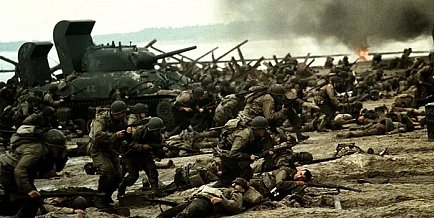
Many who read Robert Kershaw's recent, scrupulously researched and compelling Dünkirchen 1940: The German View of Dunkirk would doubtless be drawn back into watching Christopher Nolan's award-winning 2017 film Dunkirk with its extraordinary sound design by Hans Zimmer.
Through remarkable cinematography by Hoyte van Hoytema and a story-line that shifts in time and location, Dunkirk largely avoided notions of heroism and pulled the focus close on young men who were scared, desperate and facing imminent death.
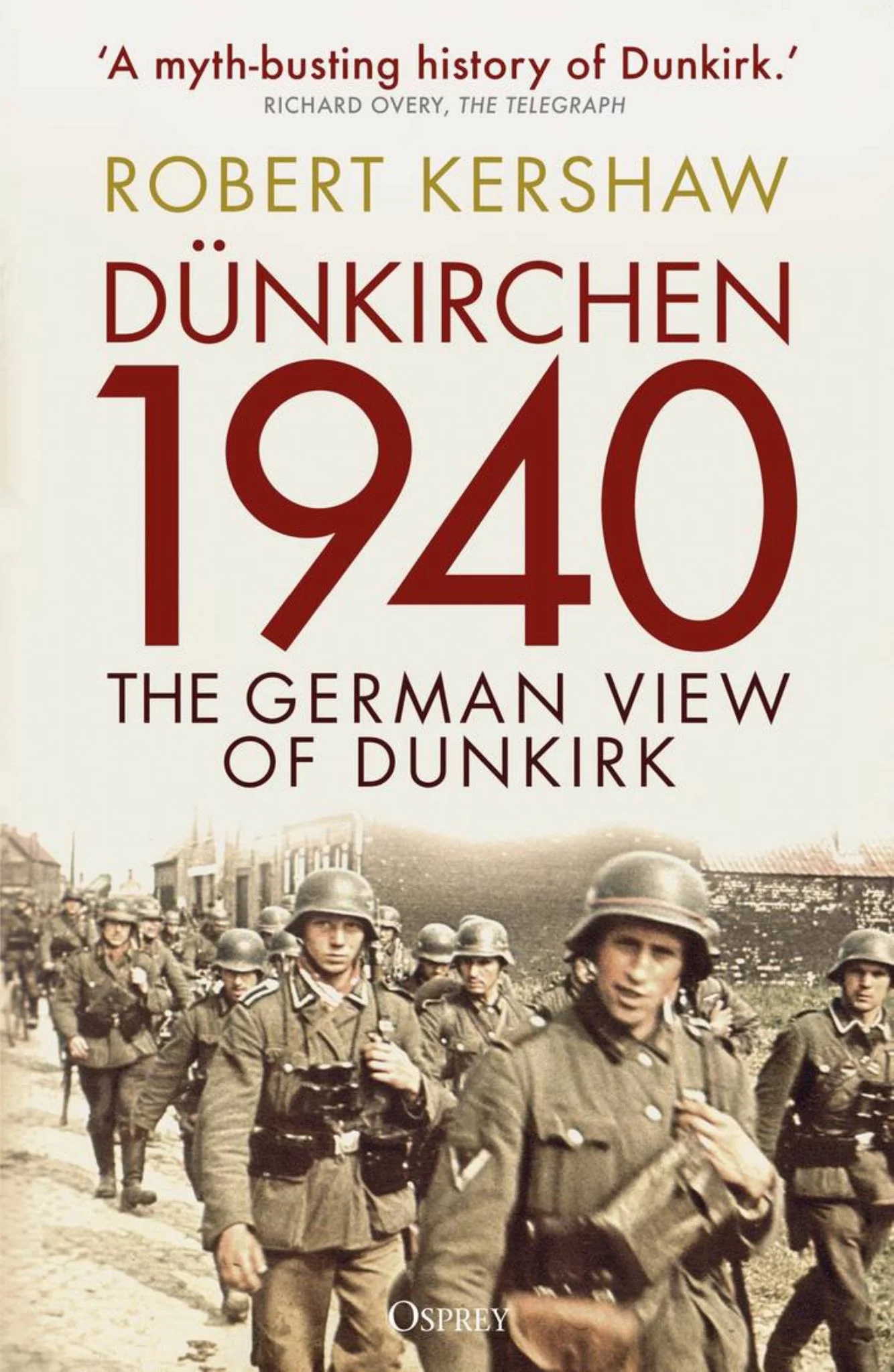 After I watched it again, it was inevitable I'd return to Steven Spielberg's 1998 Saving Private Ryan which has one of the most visceral opening sequences in cinema.
After I watched it again, it was inevitable I'd return to Steven Spielberg's 1998 Saving Private Ryan which has one of the most visceral opening sequences in cinema.
The Longest Day it wasn't.
When I reviewed it – going in knowing only it was a “war story” – I wrote, “about 15 minutes into Saving Private Ryan -- although it may feel much further -- you might just be wanting the slaughter to stop and 'the film proper' to begin.
“For the first 25 minutes of this descent into the mayhem that is the D-Day landing of American platoons on Omaha Beach, director Steven Spielberg takes you uncompromisingly into the line of fire.
“If you have any capacity within you left for surprise, this is scary”.
Later there are scenes which seem to have come from the same authentic source as Kershaw's Dünkirchen 1940: apartment buildings with the front wall blown off exposing the middle-class sitting room within; soldiers cowering behind walls; tanks rumbling relentless through the destroyed villages . . .
Much the same as we see in the rare footage coming out of Ukraine these days.
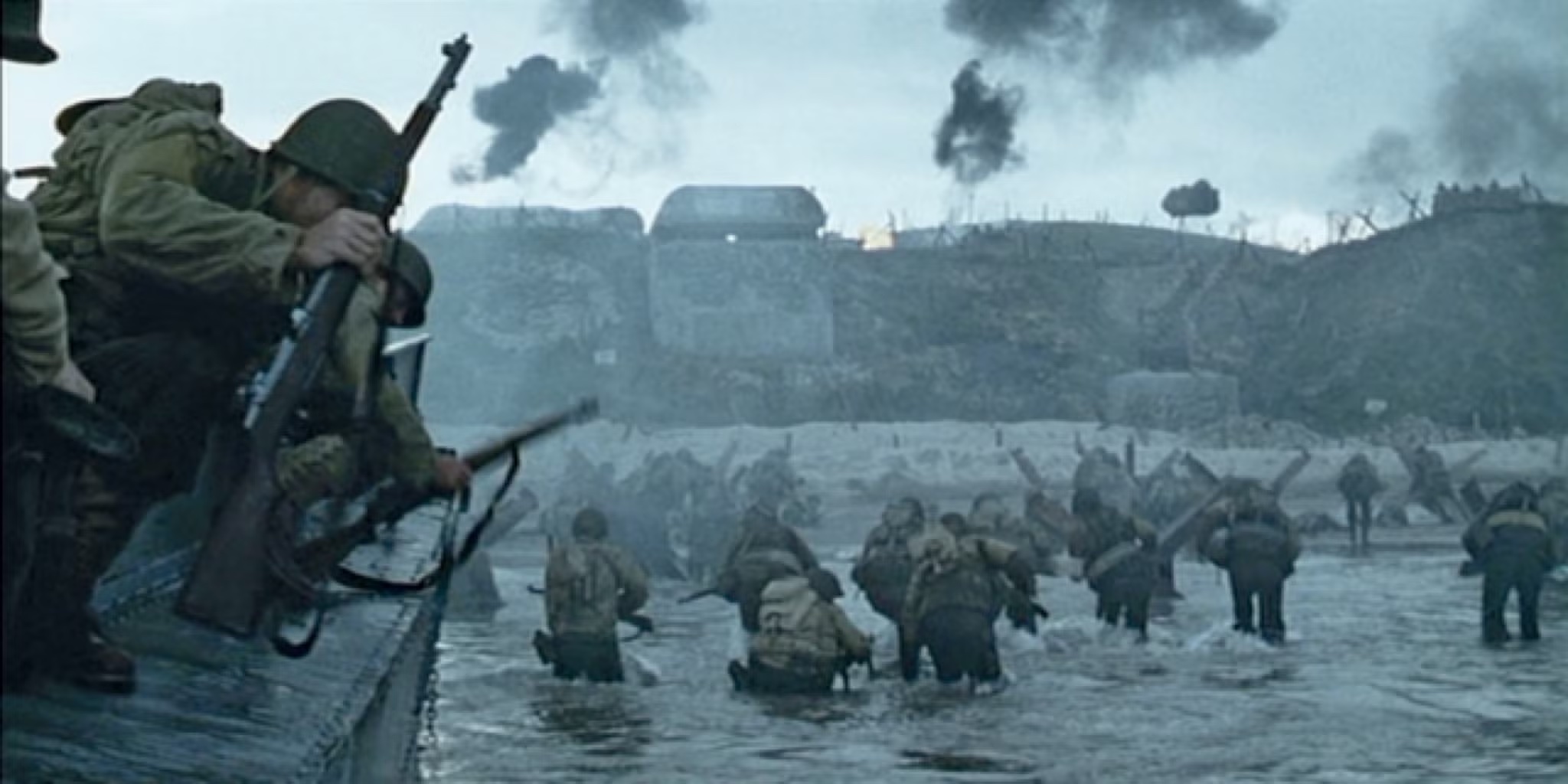 War might be hell, but it is also a loop tape of history.
War might be hell, but it is also a loop tape of history.
What Vietnam taught the American military is that war footage isn't good for building morale or reassuring the folks back home that their soldier boy is doing okay.
It's hard to watch your young men die every night on the news.
And so now we live with a more sanitised image of war which inevitably comes with the warning that some scenes may upset viewers.
Which is why Spielberg's opening sequence to Saving Private Ryan was so visceral, real and terrifying.
Using hand-held camera, frantic editing and bleached-out film, Spielberg and director of photography Janusz Kaminski (Schindler's List, Amistad) throw the audience into war as seen from the sightlines of a rifle and recreate hell in uniform and under fire.
With the chilling feel of authenticity -- Kaminski and Spielberg based their work on doco footage and images from D-Day photojournalist Robert Capa -- a beachhead is established to the deafening sounds of artillery fire, the ping of bullets and their dull thump into living flesh, and the shouts and screams of the living and the dying.
Bullets course through flesh, soldiers die hideously, slowly, or in an instant. There is no pause, no favouritism from Death.
This is as close as many of us might want to come to war.
Yet inevitably film -- and Spielberg's assured directorial hand -- imposes a narrative on this mayhem.
As critic and director Mark Cousins said in his doco series The Story of Film; An Odyssey more than a decade ago, this imposed storyline is “a lie to tell the truth”
Out of the manic confusion of that arresting opening, an eight-man platoon of American soldiers is commissioned to locate and bring back a private (Matt Damon) whose three brothers have already been killed.
It's a PR mission, but with heart. And the question, why risk our lives for this one man?
As platoon leader Captain John Miller, Tom Hanks is more a character to move us through this world of the D-Day landing than someone who is of it. He seems a decent man, whom history has misplaced here.
Miller is the kind of character – an ordinary man driven to doing extraordinary things – that Hanks would and has excel at: in Cast Away he is time-driven FedEx guy who finds himself a Robinson Crusoe on a remote island after a plane crash. The film loses its nerve in the final third, but Hanks who commands much of the screentime alone before that, is a sympathetic, ordinary, overweight guy who now has to survive.
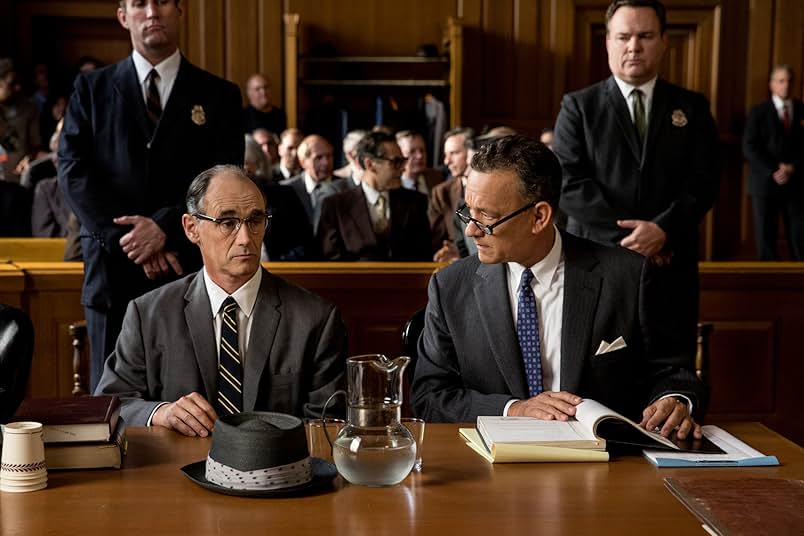 Better is Hanks in Spielberg's 2015 Bridge of Spies where he plays a lawyer turned insurance man who is seconded to represent a Soviet spy (a seminal performance by Mark Rylance, an extraordinary man playing an ordinary fellow) arrested in New York during the Cold War .
Better is Hanks in Spielberg's 2015 Bridge of Spies where he plays a lawyer turned insurance man who is seconded to represent a Soviet spy (a seminal performance by Mark Rylance, an extraordinary man playing an ordinary fellow) arrested in New York during the Cold War .
Again Hanks brings that seemingly ordinary quality to portray a man – historically true – who achieved extraordinary things.
Even better still is Greyhound where Hanks is the commander of an escort vessel taking merchant ships and troops across the Atlantic to Liverpool during the Second World War. Again there are no heroics from any of those on his destroyer, just ordinary men in exceptional circumstances doing their job, and being scared.
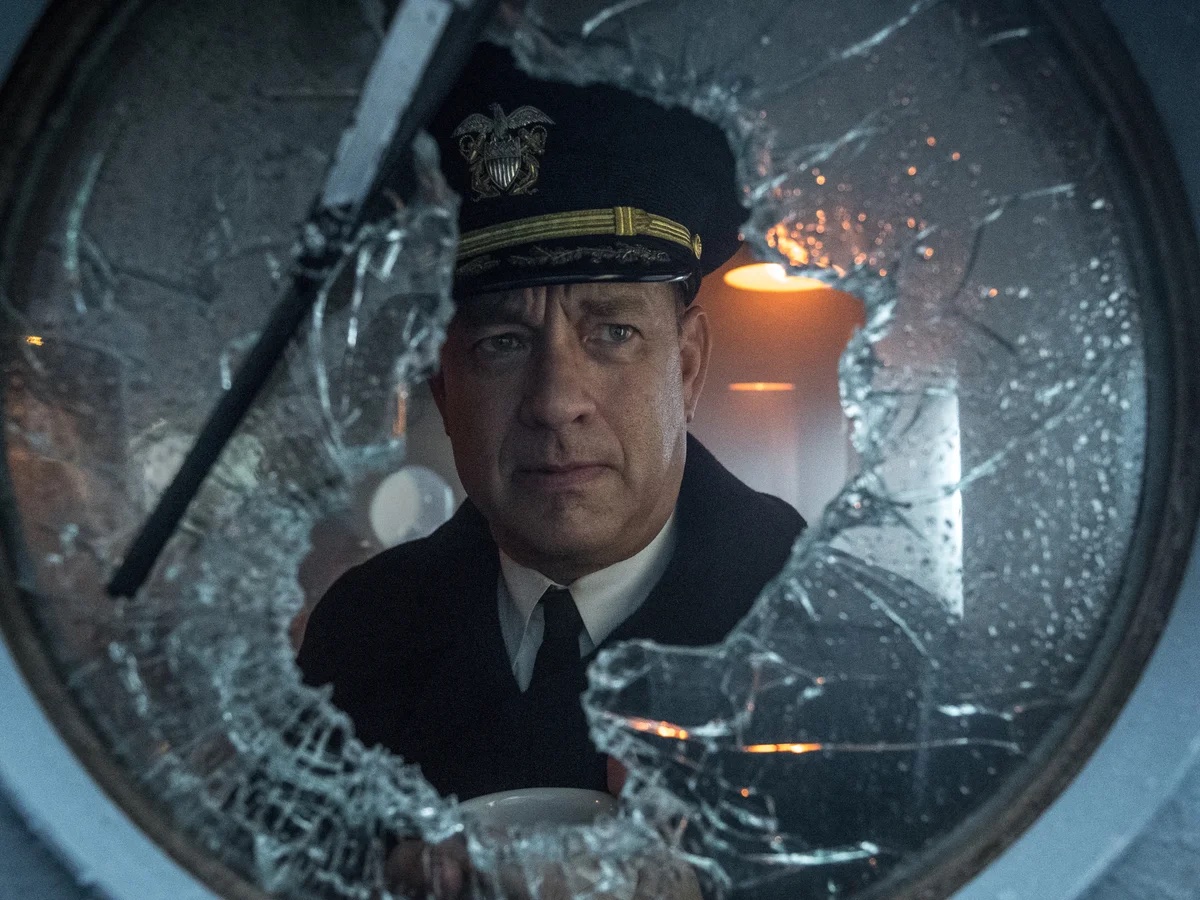 As in Greyhound, through Hanks' Captain Miller and his squad, we see war isn't just hell, it is also limbo and life, a job to do, something about getting home, and maybe a bit of loyalty thrown in.
As in Greyhound, through Hanks' Captain Miller and his squad, we see war isn't just hell, it is also limbo and life, a job to do, something about getting home, and maybe a bit of loyalty thrown in.
You never get the impression any of these soldiers in Saving Private Ryan -- who conveniently cross ethnic and character lines in familiar personality types -- have thought much about it. It's too busy happening.
Soldiers here aren't heroic or cowardly, although some are.
But some are lucky, some unlucky, some exhibit what we might consider great valour, others are lost and confused, some are scared witless, a lot die and many get maimed.
Despite its visceral and emotional power, Saving Private Ryan (or Greyhound come to that) isn't about death or how the Americans won the war. Although in Ryan no other force rates a mention, and there's a mildly disparaging comment about Monty.
Spielberg's Ryan story comes with parentheses from the present day set in a military cemetery which is brief, sentimental (but no less moving for that), and somewhat too conveniently creates a sense of emotional closure. His film is largely amoral.
But, as I wrote in my original review, “it's nonsense to suggest [Spielberg] has created something entirely new here. Platoon, Cross of Iron and other grisly evocations of the crucibles of conflict are its predecessors.
“That takes nothing away from an exceptional, slightly unevenly paced film which, flawed though it may be, is sobering, gripping, gives pause for thought and in all likelihood will numb you to silence.
“Not something you would recommend, perhaps.
“But not to be missed either”.





post a comment